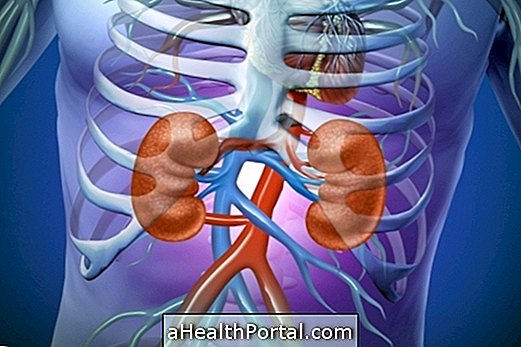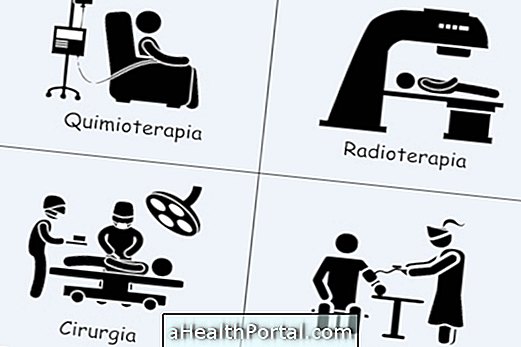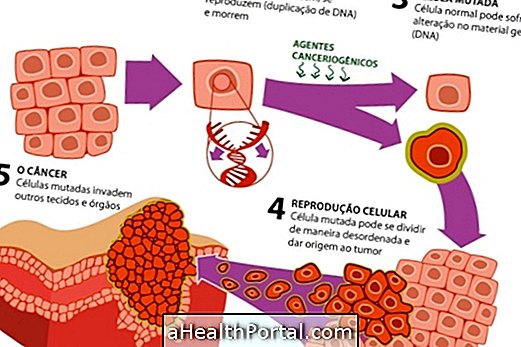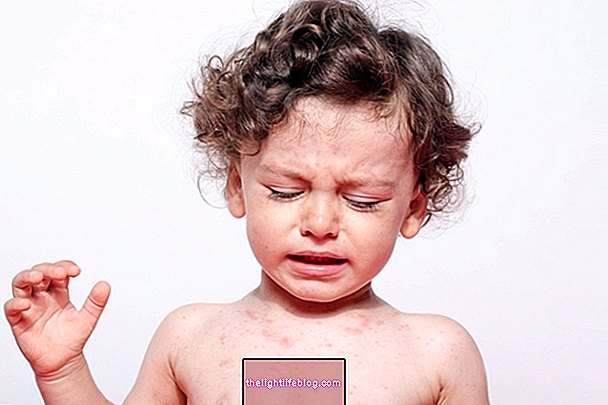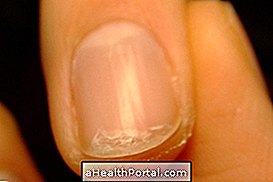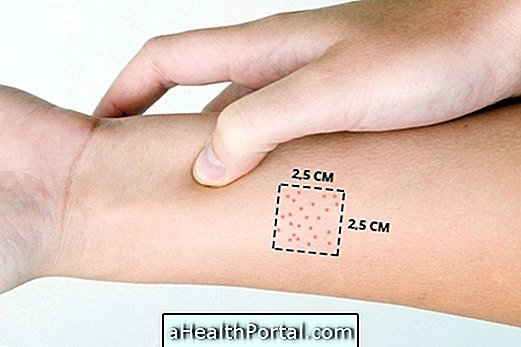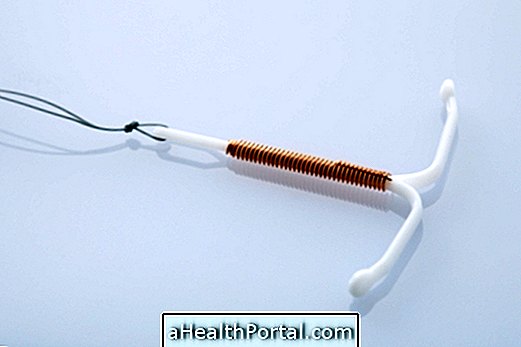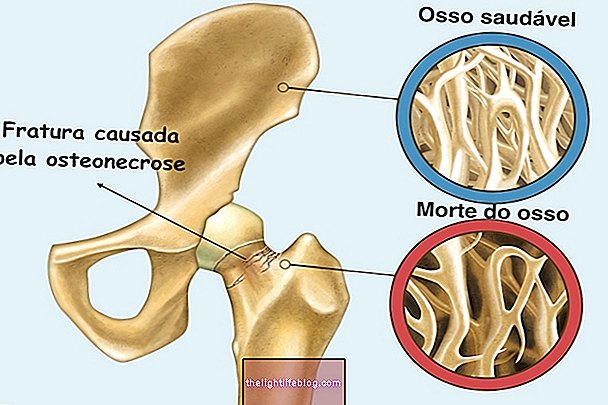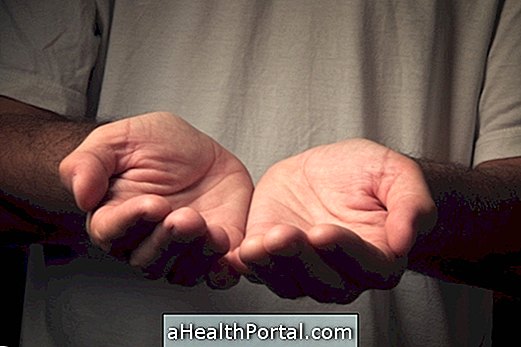Marburg's disease, also known as Marburg hemorrhagic fever or just Marburg virus, is a very rare disease that causes very high fever, muscle pain and, in some cases, bleeding from various parts of the body, such as gums, eyes or nose .
This disease is more common in places where there are bats of the species Rousettus and, therefore, it is more frequent in countries in Africa and South Asia. However, the infection can easily pass from one person to another through contact with the sick person's secretions, such as blood, saliva and other body fluids.
Because it is part of the phylovirus family, has high mortality and has the same forms of transmission, the Marburg virus is often compared to the Ebola virus.
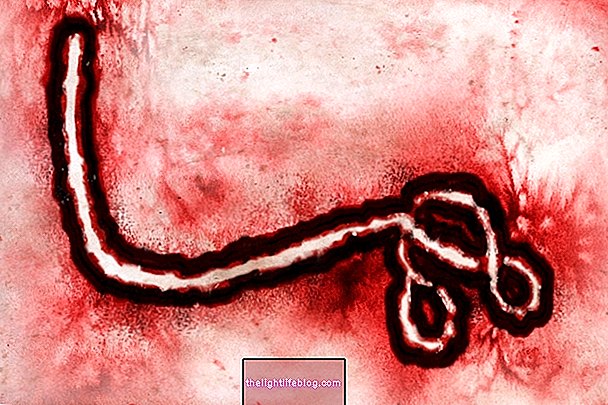
Main signs and symptoms
Symptoms of Marburg fever usually appear suddenly and include:
- High fever, above 38º C;
- Severe headache;
- Muscle pain and general malaise;
- Persistent diarrhea;
- Abdominal pain;
- Frequent cramps;
- Nausea and vomiting;
- Confusion, aggressiveness and easy irritability;
- Extreme tiredness.
Many people infected with the Marburg virus may also experience bleeding from various parts of the body, 5 to 7 days after the onset of symptoms. The most common places for bleeding are the eyes, gums and nose, but it can also happen to have red or red patches on the skin, as well as blood in the stool or vomit.
How to confirm the diagnosis
Symptoms caused by Marburg fever are similar to other viral illnesses. Therefore, the best way to confirm the diagnosis is to have blood tests to identify specific antibodies, in addition to analyzing some secretions in the laboratory.
How the transmission happens
Originally, the Marburg virus passes to humans through exposure to places inhabited by bats of the species Rousettus. However, after contamination, the virus can pass from one person to another through contact with body fluids, such as blood or saliva.
Thus, it is very important that the infected person remains isolated, avoiding going to public places, where he can contaminate others. In addition, you should wear a protective mask and wash your hands frequently to avoid spreading the virus to surfaces.
The transmission can continue until the virus has been completely eliminated from the blood, that is, care must be taken until the treatment is finished and the doctor confirms that the test result no longer shows signs of infection.
How the treatment is done
There is no specific treatment for Marburg's disease, and it must be adapted to each person, in order to alleviate the symptoms presented. However, almost all cases need to be rehydrated, and it may be necessary to stay in the hospital to receive serum directly into the vein, in addition to medications to reduce discomfort.
In some cases, it may even be necessary to make blood transfusions, to facilitate the clotting process, preventing bleeding caused by the disease.
Was this information helpful?
Yes No
Your opinion is important! Write here how we can improve our text:
Any questions? Click here to be answered.
Email in which you want to receive a reply:
Check the confirmation email we sent you.
Your name:
Reason for visit:
--- Choose your reason --- DiseaseLive betterHelp another personGain knowledge
Are you a health professional?
NoMedicalPharmaceuticalsNurseNutritionistBiomedicalPhysiotherapistBeauticianOther
Bibliography
- WHO. Marburg virus disease: fact sheet. 2017. Available at:. Accessed on 29 May 2019
- CDC. Marburg Hemorrhagic Fever . Available in: . Accessed on 29 May 2019
